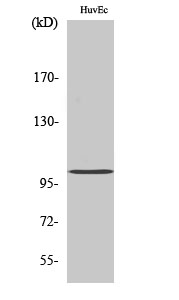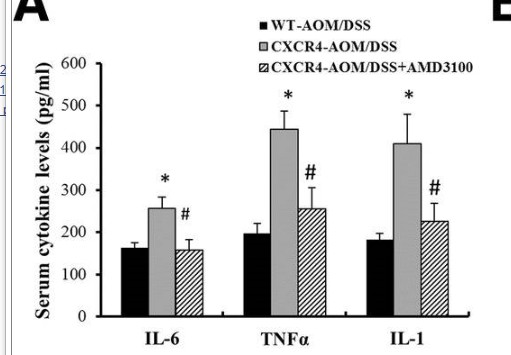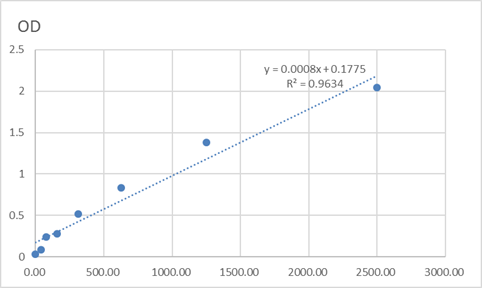
Catalog: KA3460C
Size
Price
Status
Qty.
96well
$330.00
In stock
0
Add to cart


Collected


Collect
Main Information
Reactivity
Human, Mouse, Rat
Applications
ELISA
Conjugate/Modification
Unmodified
Detailed Information
Storage
2-8°C/6 months,Ship by ice bag
Modification
Unmodified
Detection Method
Colorimetric
Related Products
Antigen&Target Information
Gene Name:
CLOCK
show all
Other Name:
Circadian locomoter output cycles protein kaput ;
hCLOCK ;
Class E basic helix-loop-helix protein 8 ;
bHLHe8 ;
hCLOCK ;
Class E basic helix-loop-helix protein 8 ;
bHLHe8 ;
show all
Background:
catalytic activity:Acetyl-CoA + histone = CoA + acetylhistone.,function:ARNTL/2-CLOCK heterodimers activate E-box element (3'-CACGTG-5') transcription of a number of proteins of the circadian clock. Activates transcription of PER1 and PER2. This transcription is inhibited in a feedback loop by PER and CRY proteins. Has intrinsic histone acetyltransferase activity and this enzymatic function contributes to chromatin-remodeling events implicated in circadian control of gene expression (By similarity). Acetylates primarily histones H3 and H4 (By similarity). Acetylates also a non-histone substrate: ARNTL.,miscellaneous:CLOCK-ARNTL double mutations within the PAS domains result in syngernistic desensitization to high levels of CRY on repression of CLOCK-ARNTL transcriptional activity of PER1 and disrupt circadian rhythmicity.,PTM:Phosphorylation is dependent on CLOCK-ARNTL heterodimer formation.,similarity:Contains 1 basic helix-loop-helix (bHLH) domain.,similarity:Contains 1 PAC (PAS-associated C-terminal) domain.,similarity:Contains 2 PAS (PER-ARNT-SIM) domains.,subcellular location:Shuffling between the cytoplasm and the nucleus is under circadian regulation and is ARNTL-dependent. Phosphorylated form located in the nucleus.,subunit:Component of the circadian clock oscillator which includes the CRY proteins, CLOCK or NPAS2, ARNTL or ARNTL2, CSNK1D and/or CSNK1E, TIMELESS and the PER proteins. Efficient DNA binding requires dimerization with another bHLH protein. Heterodimerization with ARNTL is required for E-box-dependent transactivation, for CLOCK nuclear translocation and degradation, and, for phosphorylation of both CLOCK and ARNTL. Interaction with PER and CRY proteins requires translocation to the nucleus. Interaction of the CLOCK-ARNTL heterodimer with PER or CRY inhibits transcription activation. Binds weakly ARNTL and ARNTL2 to form heterodimers which bind poorly to the E-box motif.,tissue specificity:Expressed in all tissues examined including spleen, thymus, prostate, testis, ovary, small intestine, colon, leukocytes, heart, brain, placenta, lung, liver, skeletal muscle, kidney and pancreas. Highest levels in testis and skeletal muscle. Low levels in thymus, lung and liver. Expressed in all brain regions with highest levels in cerebellum. Highly expressed in the suprachiasmatic nucleus (SCN).,
show all
Function:
transcription, regulation of transcription, DNA-dependent, regulation of transcription from RNA polymerase II promoter,circadian rhythm, response to radiation, response to light stimulus, response to abiotic stimulus, photoperiodism,entrainment of circadian clock, positive regulation of biosynthetic process, positive regulation of macromolecule biosynthetic process, positive regulation of macromolecule metabolic process, positive regulation of gene expression,positive regulation of cellular biosynthetic process, regulation of circadian rhythm, regulation of transcription, positive regulation of transcription, DNA-dependent, positive regulation of nucleobase, nucleoside, nucleotide and nucleic acid metabolic process, positive regulation of transcription, positive regulation of transcription from RNA polymerase II promoter, rhythmic process, positive regulation of nitrogen compound metabolic process, regulation of RNA metabolic process, positive regulation of RNA metabolic process,
show all
Cellular Localization:
Nucleus . Cytoplasm . Cytoplasm, cytosol . Shuttling between the cytoplasm and the nucleus is under circadian regulation and is ARNTL/BMAL1-dependent. Phosphorylated form located in the nucleus while the nonphosphorylated form found only in the cytoplasm. Sequestered to the cytoplasm in the presence of ID2 (By similarity). Localizes to sites of DNA damage in a H2AX-independent manner. .
show all
Signaling Pathway
Reference Citation({{totalcount}})
Catalog: KA3460C
Size
Price
Status
Qty.
96well
$330.00
In stock
0
Add to cart


Collected


Collect
Recently Viewed Products
Clear allPRODUCTS
CUSTOMIZED
ABOUT US
Toggle night Mode
{{pinfoXq.title || ''}}
Catalog: {{pinfoXq.catalog || ''}}
Filter:
All
{{item.name}}
{{pinfo.title}}
-{{pinfo.catalog}}
Main Information
Target
{{pinfo.target}}
Reactivity
{{pinfo.react}}
Applications
{{pinfo.applicat}}
Conjugate/Modification
{{pinfo.coupling}}/{{pinfo.modific}}
MW (kDa)
{{pinfo.mwcalc}}
Host Species
{{pinfo.hostspec}}
Isotype
{{pinfo.isotype}}
Product {{index}}/{{pcount}}
Prev
Next
{{pvTitle}}
Scroll wheel zooms the picture
{{pvDescr}}




















